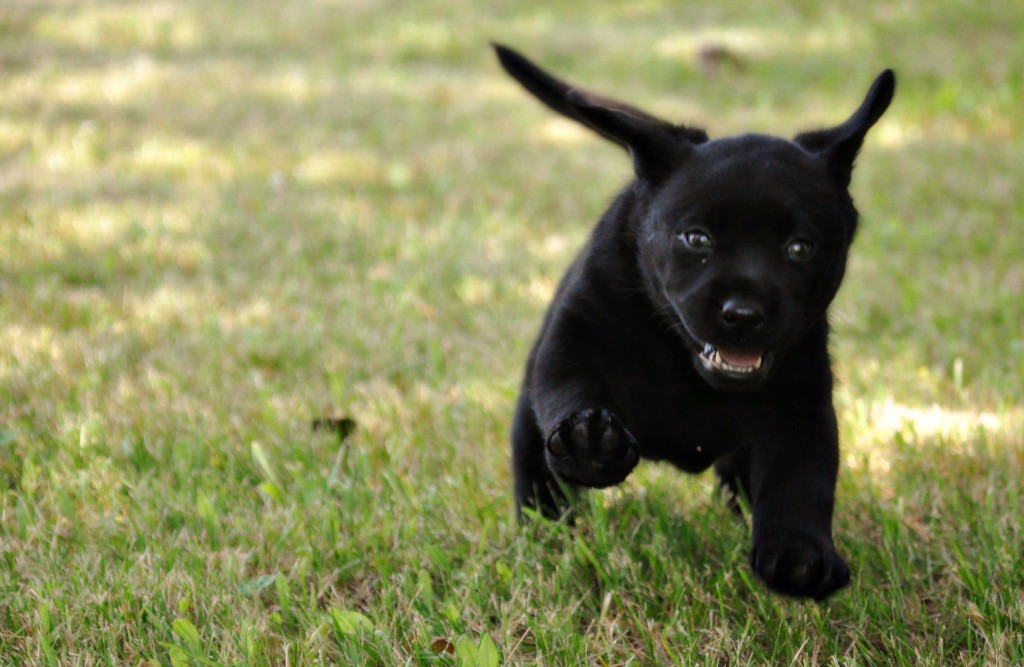Owners and trainers have come a long way from the punitive methods of training. While it is no secret some still use punishment, many have converted their methods to the more humane, scientifically proven uses of positive reinforcement. Even with the best intentions and use of rewards there are ways that Owners and trainers may unintentionally still be punishing their dogs.
It’s Not Always Prong, Shock, or Choke Collars
It is basic knowledge among dog trainers that behaviors that are rewarded will be repeated. It is on that premise that clients are taught how to train their dogs basic behaviors or modify the problem ones. When the word punishment is tossed around most people imagine choke, prong, or shock collars, hitting, slapping, or even kicking the dog. However, there are subtle ways owners might be punishing their dogs and ruining their trained behaviors.
Owners come to class with their dog wearing a standard flat collar, occasionally a harness or gentle leader. A choice made with the best intentions. An owner can still unintentionally be a compulsion trainer when their dog is wearing a flat collar. Imagine the dog who excitedly lunges to the end of his leash and is spun around because he reaches the end with such force. He is receiving a correction. The intensity of the correction may be less than a choke or prong collar because a flat collar does not offer the choking sensation. If it were a leave-it exercise the dog may only respond to leave-it on leash because if he makes an attempt to indulge in the forbidden item he will be jolted backwards. If you find clients manipulating their dog with the leash encourage them to come to class with their dog on a harness to reduce the accidental use of punishment.
Reinforcement Has To Be Rewarding in the Dog’s Eyes
Calming signals are a foreign matter to many dog owners. They don’t recognize their intentions as being intrusive or unpleasant for the dog. A perfectly good recall can be quickly ruined by unintentional punishment. Owners like to pet their dogs as means of encouragement or reinforcement but some dogs don’t enjoy this. A dog that is sensitive to touch may not like the pat on the head after coming back to the owner resulting in a slower recall. Emphasize that to reinforce the behavior it has to be rewarding in the dog’s eye. For a dog to leave the yard (which he finds highly rewarding) to come for his recall treat, to then be locked in the house all day will turn into the dog that takes his sweet time getting back to the house. Encourage owners to pair the giving of any treats with petting to create petting as a secondary reinforcer. When a dog is brought inside after playing, reward with the recall treat but then provide him with something fun and enriching to do for 5-10 minutes.
Listen to how owners are describing the behavior and see if there is an area that can be identified as unpleasant for the dog. Observe the interactions between owner and dog to see if the dog is loving it as much as the owner. It might also be very beneficial to teach owners about calming signals so they can learn to determine these things on their own.
Recommended Articles by The Modern Dog Trainer
- The Humane Hierarchy Of Behavior Modification Explained
- 3 Ways to Use Active Listening with Clients
- 3 Ways to Judge Your Dog’s Stress Level




